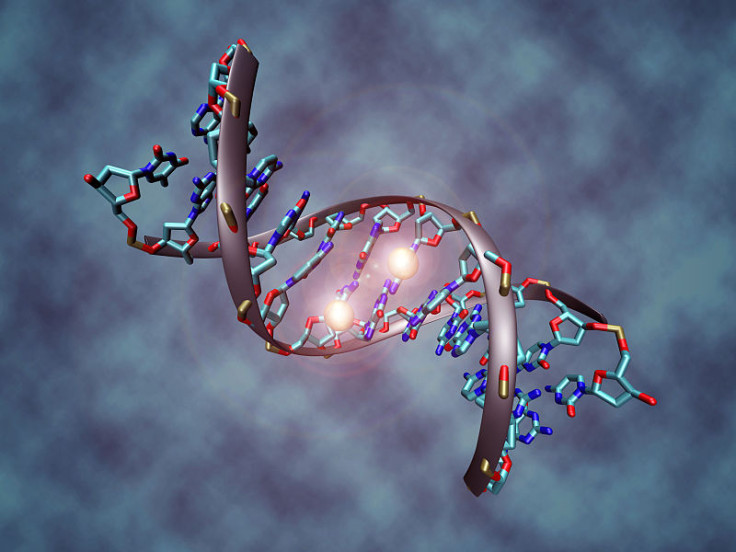Nobel Prize in Chemistry 2015: Tomas Lindahl, Paul Modrich and Aziz Sancar win for DNA repair toolbox

The Nobel Prize in Chemistry 2015 has been awarded to Tomas Lindahl, Paul Modrich and Aziz Sancar for their work in DNA repair. The three scientists successfully mapped how cells repair damaged DNA and safeguard the genetic information – providing a "fundamental knowledge" of how living cells work.
Lindahl, from the Francis Crick Institute and Clare Hall Laboratory in Hertfordshire, made breakthroughs relating to base excision repair, while Howard Hughes Medical Institute and Duke University School of Medicine's Modrich discovered how cells correct errors when DNA is replicated in cell division. Sancar, from the University of North Carolina, Chapel Hill, mapped the mechanism that cells use to repair UV damage.
"We need multiple repair pathways" #NobelPrize http://t.co/7rGDM11POw
— The Nobel Prize (@NobelPrize) October 7, 2015Announcement of the 2015 #NobelPrize in Chemistry http://t.co/yzoGKjKsng
— The Nobel Prize (@NobelPrize) October 7, 2015DNA is damaged every day by both external and internal forces – UV, free radicals and other substances attack from the outside, while DNA itself is inherently unstable, with thousands of changes occurring spontaneously every day. Defects also take place during cell division. All of these can lead to disease.
However, "complete chemical chaos" is prevented by a number of molecular systems constantly monitoring and repairing the DNA. The three winning scientists showed repair system function at a molecular level.
"The Nobel Laureates in Chemistry 2015 have provided fundamental insights into how cells function, knowledge that can be used, for instance, in the development of new cancer treatments," the Royal Swedish Academy of Sciences said in a statement.
© Copyright IBTimes 2025. All rights reserved.






















